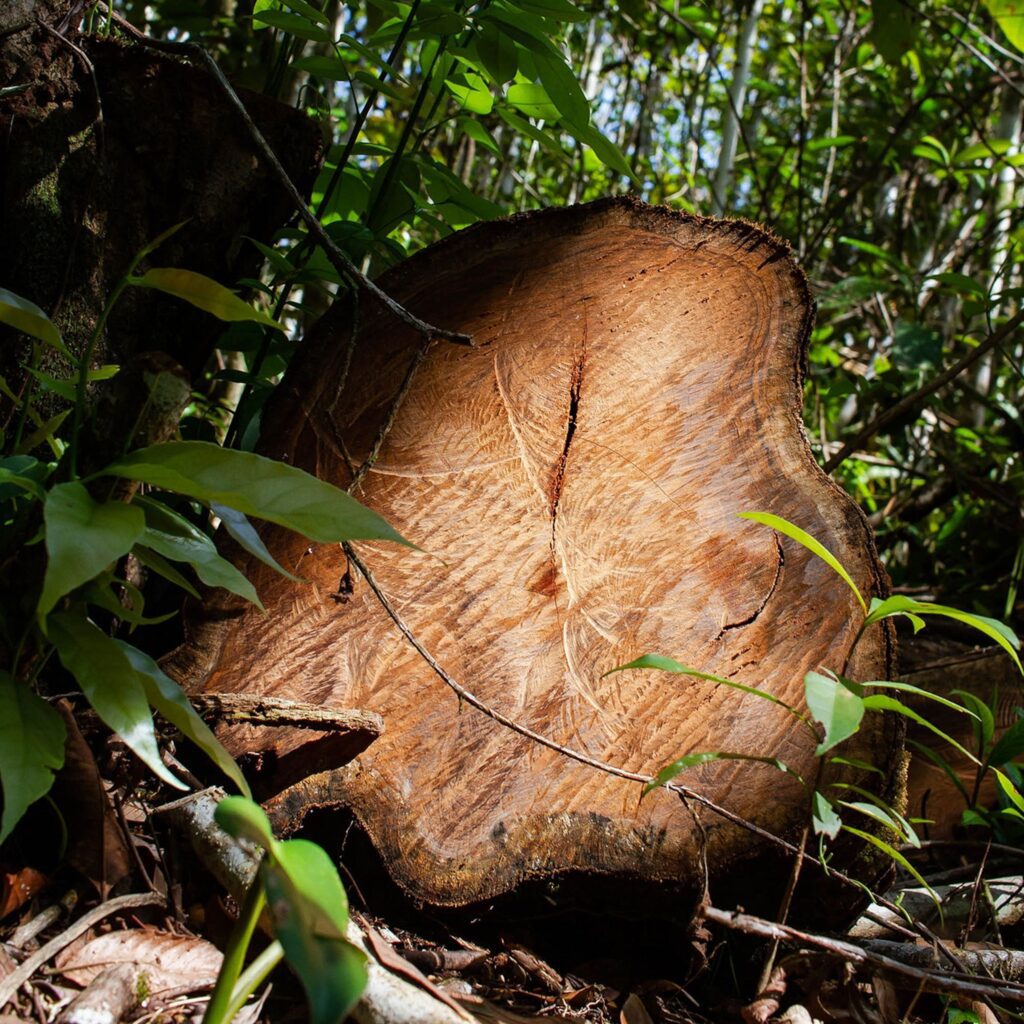Pangolins are the most trafficked mammal in the world, hunted for their scales and meat. Conservation efforts are being made to protect pangolins, including raising awareness, rescue and rehabilitation, law enforcement, global collaboration, research, monitoring, and supporting sustainable livelihoods. By working together, there is hope to ensure the survival of these unique mammals and promote a sustainable future for our planet. Protecting pangolins requires collective action and commitment from individuals, organizations, and governments to combat illegal wildlife trafficking and preserve biodiversity. Through awareness, education, research, and collaboration, pangolins can be saved from extinction.
Protecting Pangolins: The Fight to Save the World’s Most Trafficked Mammal
The Plight of Pangolins
These scaly anteaters are facing a dire threat as they are the most trafficked mammal in the world. Pangolins are poached for their scales, which are thought to have medicinal properties in some Asian cultures. Their meat is also considered a delicacy in certain countries, leading to a high demand for pangolins in the illegal wildlife trade.
Conservation Efforts
In response to the escalating crisis, conservation organizations and governments are working together to protect pangolins and their habitats. One of the key strategies is to raise awareness about the plight of pangolins and the need for their conservation. Education programs are being implemented to inform local communities about the importance of preserving these unique creatures.
Rescue and Rehabilitation
Rescue centers have been set up to care for injured or confiscated pangolins. These facilities provide medical treatment and rehabilitation for pangolins that have been rescued from traffickers. Once they are deemed healthy, the pangolins are released back into the wild in protected areas.
Law Enforcement
Law enforcement agencies are cracking down on illegal wildlife trafficking networks that target pangolins. Strengthened legislation and penalties for wildlife crime are being implemented to deter poachers and traffickers. Customs officials are also stepping up efforts to intercept illegal shipments of pangolins and their products.
Global Collaboration
International cooperation is crucial in the fight to save pangolins. Conservation organizations are working across borders to share information and best practices for pangolin conservation. Partnerships with local communities, governments, and other stakeholders are essential in developing sustainable solutions to protect these unique mammals.
Research and Monitoring
Scientists are studying pangolin behavior and ecology to better understand their needs and challenges. Monitoring programs are being implemented to track populations and assess the impact of conservation efforts. Research findings are used to inform conservation strategies and ensure the long-term survival of pangolins in the wild.
Supporting Sustainable Livelihoods
Some conservation organizations are working with local communities to develop alternative livelihoods that do not rely on poaching or trafficking of pangolins. Eco-tourism initiatives and sustainable agriculture projects are being promoted to provide income opportunities while protecting pangolin habitats.
Looking to the Future
Despite the challenges facing pangolins, there is hope for their conservation. By working together and taking action now, we can ensure that these unique mammals are not lost forever. Protecting pangolins is not just about saving a species, it is about preserving biodiversity and promoting a sustainable future for our planet.
Conclusion
Protecting pangolins is a global responsibility that requires collective action and commitment. Through awareness, education, research, and collaboration, we can safeguard the future of these incredible creatures and the ecosystems they inhabit. Together, we can make a difference in the fight to save the world’s most trafficked mammal.
